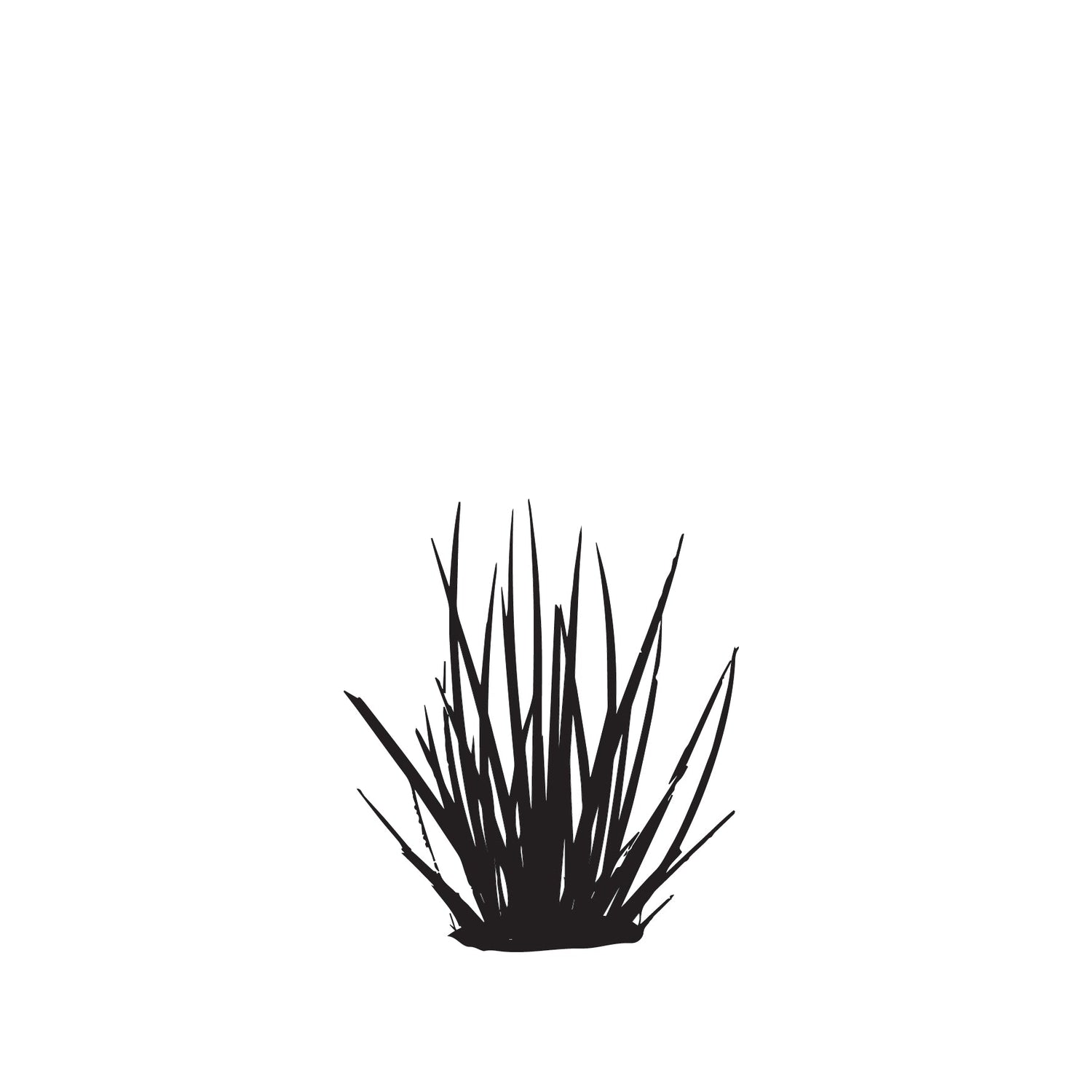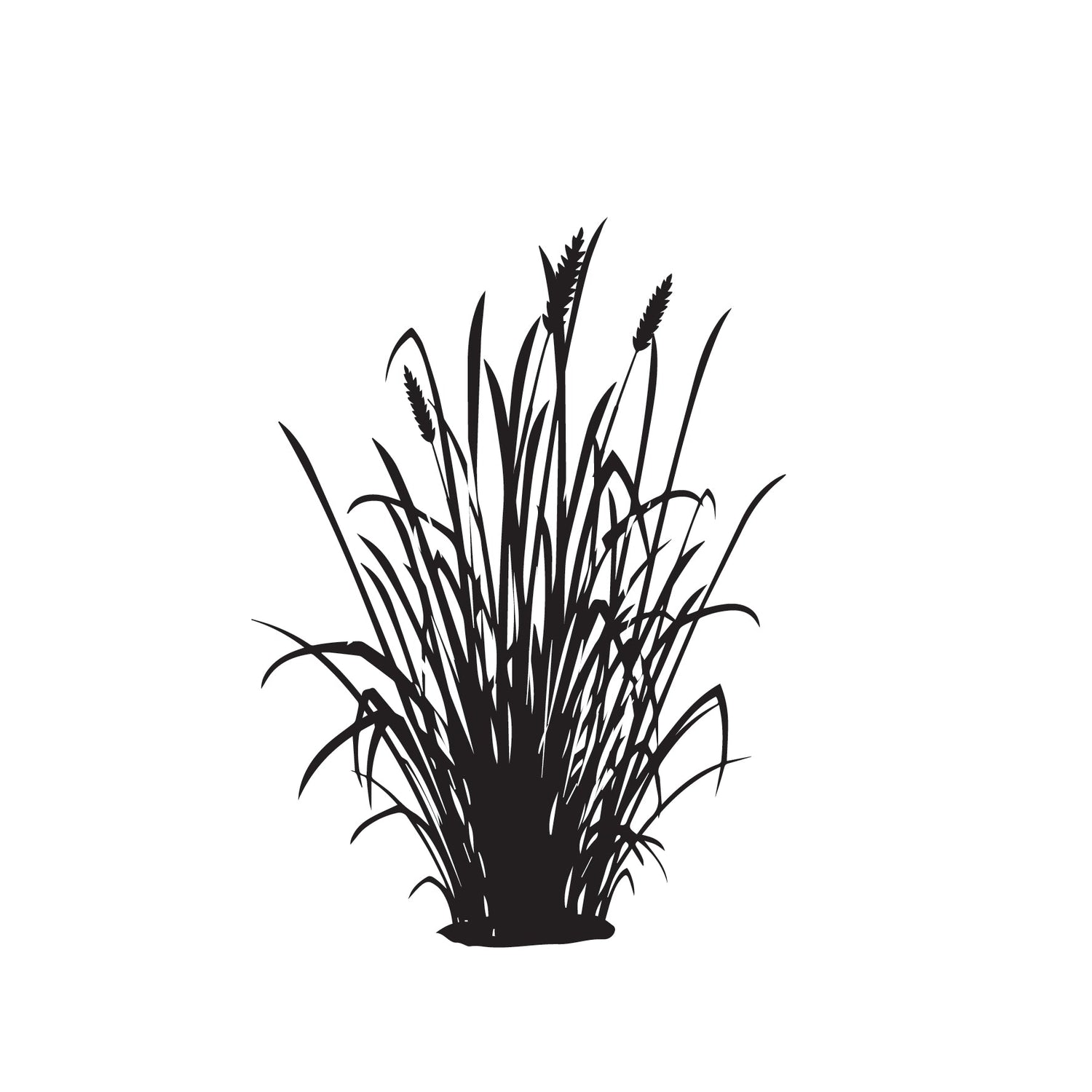Utilizing the Benefits of Flax: Ideal Planting on Banks with Strong Root Structure
Share
In the realm of landscaping and environmental stewardship, choosing the right plants for erosion control and stability on banks is crucial. Flax (Phormium spp.) emerges as a standout choice for planting on banks due to its robust root structure, aesthetic appeal, and adaptability to various growing conditions. Whether you're aiming to prevent soil erosion along waterways or enhance the visual interest of sloped landscapes, flax offers numerous benefits that make it an excellent option. Let's delve into why flax is a great choice for planting on banks and how its strong root structure contributes to both functionality and beauty in outdoor settings.
- Strong and Deep Root System
Flax is renowned for its extensive and fibrous root system, which plays a pivotal role in stabilizing soil on banks:
- Erosion Control: The deep-reaching roots of flax anchor the soil, reducing the risk of erosion caused by water runoff and slope instability. This is particularly beneficial on steep or sloped banks prone to erosion.
- Soil Stabilization: By binding soil particles together, flax roots enhance soil structure and prevent sedimentation into water bodies such as rivers, lakes, or garden ponds. This contributes to maintaining water quality and ecological balance.
- Adaptability to Various Growing Conditions
Flax demonstrates remarkable adaptability to a wide range of environmental conditions, making it suitable for planting on diverse types of banks:
- Sunlight and Moisture: Flax thrives in full sun to partial shade and is tolerant of both dry and moderately moist conditions. It can withstand occasional flooding or fluctuating water levels near water bodies.
- Soil Types: While preferring well-drained soil, flax can grow in sandy, loamy, or clay soils. It adapts to nutrient-poor soils and is relatively low maintenance once established, requiring minimal supplemental watering.
- Aesthetic Appeal and Versatility
Beyond its functional benefits, flax enhances the visual appeal of banks with its striking foliage and architectural form:
- Foliage Colors: Flax varieties offer a spectrum of foliage colors, including shades of green, bronze, red, pink, and variegated patterns. This diversity allows for creative landscape designs that complement surrounding vegetation and enhance seasonal interest.
- Year-Round Interest: Flax remains evergreen in temperate climates, providing year-round structure and color on banks. Its occasional flowering spikes add seasonal variation and attract pollinators such as bees and butterflies.
- Low Maintenance Requirements
Flax is prized for its low maintenance once established, making it an ideal choice for banks and slopes:
- Watering: Water newly planted flax regularly to establish roots, then reduce watering frequency as the plants mature. In drought-prone areas, supplemental irrigation may be necessary during prolonged dry spells.
- Pruning and Clean-Up: Trim dead or damaged leaves and spent flower stalks annually to maintain a tidy appearance and promote healthy growth. Remove debris or fallen leaves to prevent buildup and allow airflow around the plants.
- Ecological Benefits
Planting flax on banks contributes to ecological sustainability and habitat enhancement:
- Wildlife Habitat: The dense foliage of flax provides shelter and nesting sites for birds, small mammals, and beneficial insects. Its flowers attract pollinators, supporting local biodiversity and ecological balance.
- Water Quality Improvement: By stabilizing soil and reducing erosion, flax helps maintain water quality in adjacent water bodies. This is crucial for aquatic ecosystems and promotes healthier habitats for aquatic flora and fauna.
Flax stands as a versatile and beneficial choice for planting on banks, offering a winning combination of functional stability, aesthetic appeal, and ecological benefits. Whether you're looking to mitigate erosion, enhance visual interest, or promote biodiversity along waterways or garden ponds, flax proves its worth with strong root structure, adaptability, and low maintenance requirements. Embrace the beauty and resilience of flax in your landscaping endeavors, and experience the transformative impact it brings to your outdoor spaces.





